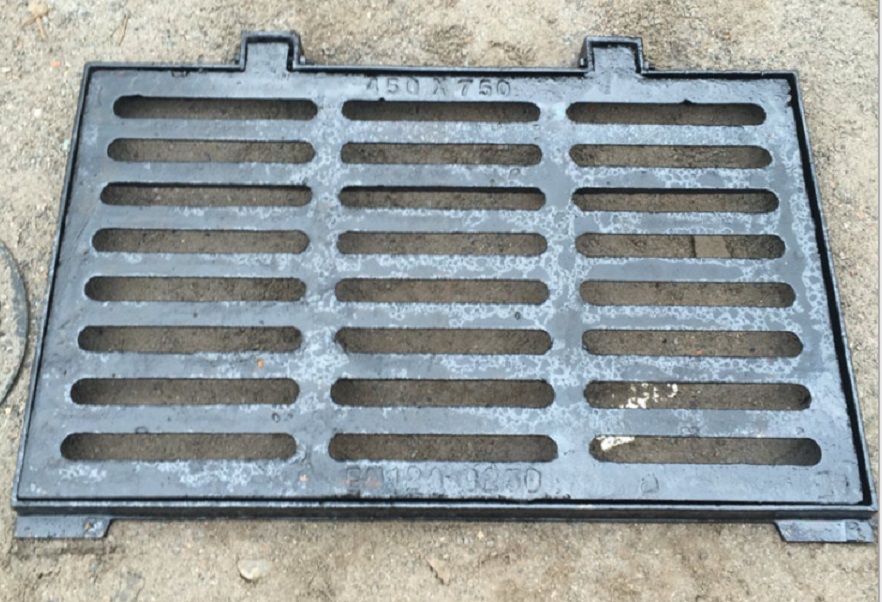You may think that the interior of the air-conditioner harbors fungi, Staphylococcus aureus, Bacillus cereus and other pathogens. The total amount of bacteria on home air conditioner heat sinks has been detected as high as 160,000/cm2. The first stop of the "Eliminating the 1+1" Air Conditioning Disinfection of Home Health Concerns series, organized by the Ministry of Health News and Publicity Center and co-organized by Shanghai Jahwa Jiaan Brand, came to Guangzhou. At the event, the director of the Guangzhou Yuexiu District Center for Disease Prevention and Control Bin reminded that air conditioning is a filthy place that can affect the human nervous system, respiratory system, and immune system. In the early summer, the peak of air-conditioning usage is approaching, and regular cleaning before and after air-conditioning is used, especially heat sinks and other parts.
88% of air-conditioning heat sink bacteria exceeded the total number of
The scene of popular science education activities attracted a lot of people. Everyone was very concerned about air-conditioning cleaning issues. However, on-site investigations found that, for example, household air-conditioners did not realize that air-conditioning was often cleaned, and even if they were clean, most people mistakenly thought that As long as the filter cover of the air conditioner is cleaned, the air conditioner has been cleaned. Xu Bin reminded, "In fact, air-conditioning heat sink is the culprit of air-conditioning pollution." A survey conducted on home air-conditioners in Shanghai, Beijing, and Shenzhen found that the total bacterial count of 88% of air-conditioning heat sinks in China exceeds the standard, and the average number of detected bacteria exceeds the standard by nearly 40 times.
Xu Bin introduced that “indoor air pollution†has been listed by the World Health Organization as one of the top ten threats to human health. The parallels include natural disasters, infectious diseases, and chronic diseases. Air-conditioning pollution is an important factor in indoor air pollution. Dust and bacteria attached to air conditioners can cause various diseases such as allergic rhinitis, colds, and pharyngitis. The formation of "air conditioning disease" is closely related to the lack of cleanliness and improper use of air-conditioning. "Seeing the data on the heat sink hidden in the bacteria has not yet felt personally, until the staff really open the air conditioner, see the inside of the heat sink, it is really dirty." A resident said that after returning home will also pay attention to the timely air conditioning Heat sinks are sterilized.
Monthly heat sink
Air-conditioning is best cleaned once a month, Xu Bin suggested. At the scene, professional air-conditioning cleaners demonstrated the correct cleaning method for air-conditioners in the community. The air-conditioning heat sinks are not removable, and due to the special structure of the air-conditioning, it is useless to wipe only by means of wet cloth, brush cleaning, etc., and it is also easy. Damaged heat sink. However, citizens do not have to worry that they can easily resolve themselves at home. When we clean the filter, the air conditioning heat sink can be cleaned and sterilized while the filter is drying. Home-mounted air-conditioning cooling fins are usually hidden under the filter, and most of the cabinet-type cooling fins behind the outlet baffle, we can refer to the air conditioning manual to find the specific location of the heat sink. After finding the heat sink, use a professional air-conditioning disinfectant and spray it on the heat sink to clean and disinfect the air conditioner. For the selection of disinfectant brands, professionals recommend that professional air-conditioning disinfectants should be used that are certified by a specialized agency and have a “elimination†number in the health department to ensure the sterilization effect.
Home Knowledge Home Appliances Quotes Air Conditioning Home
Gully gratings are metal or plastic grates that are used to cover and protect gully openings in the ground. These openings are typically found along roadsides, sidewalks, or other areas where water runoff needs to be collected and directed to a drainage system.
Gully gratings are designed to allow water to flow through while preventing larger debris, such as leaves, trash, or rocks, from entering the drainage system. They are usually made from durable materials like cast iron or galvanized steel to withstand heavy loads and resist corrosion.
In addition to their functional purpose, ductile gartings, cast iron gratings are also provide a safety measure by preventing pedestrians or vehicles from accidentally falling into the gully. They are often designed with anti-slip surfaces or raised edges to enhance traction and prevent accidents.
Gully gratings come in various shapes and sizes to accommodate different gully openings and flow rates. They can be square, rectangular, or circular in shape, and may have different patterns or designs on their surface for aesthetic purposes.

Regular maintenance of gully gratings is important to ensure they remain clear of debris and allow for proper water flow. This may involve periodic cleaning or removal of any obstructions that may accumulate over time.
Overall, gully gratings play a crucial role in managing surface water runoff and preventing drainage system blockages. They provide both functional and safety benefits, making them an essential component of urban infrastructure.
ductile gartings, cast iron gratings, Ductile iron gratings, FRP gratings, Composite gratings
Runchun Casting (Zhoushan) Co., Ltd. , https://www.en124casting.com